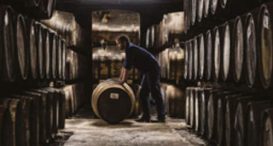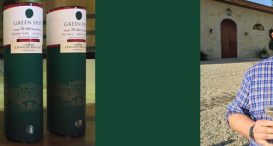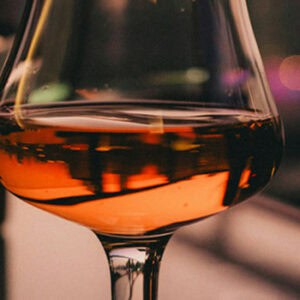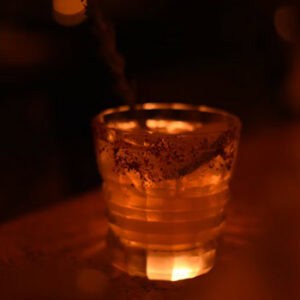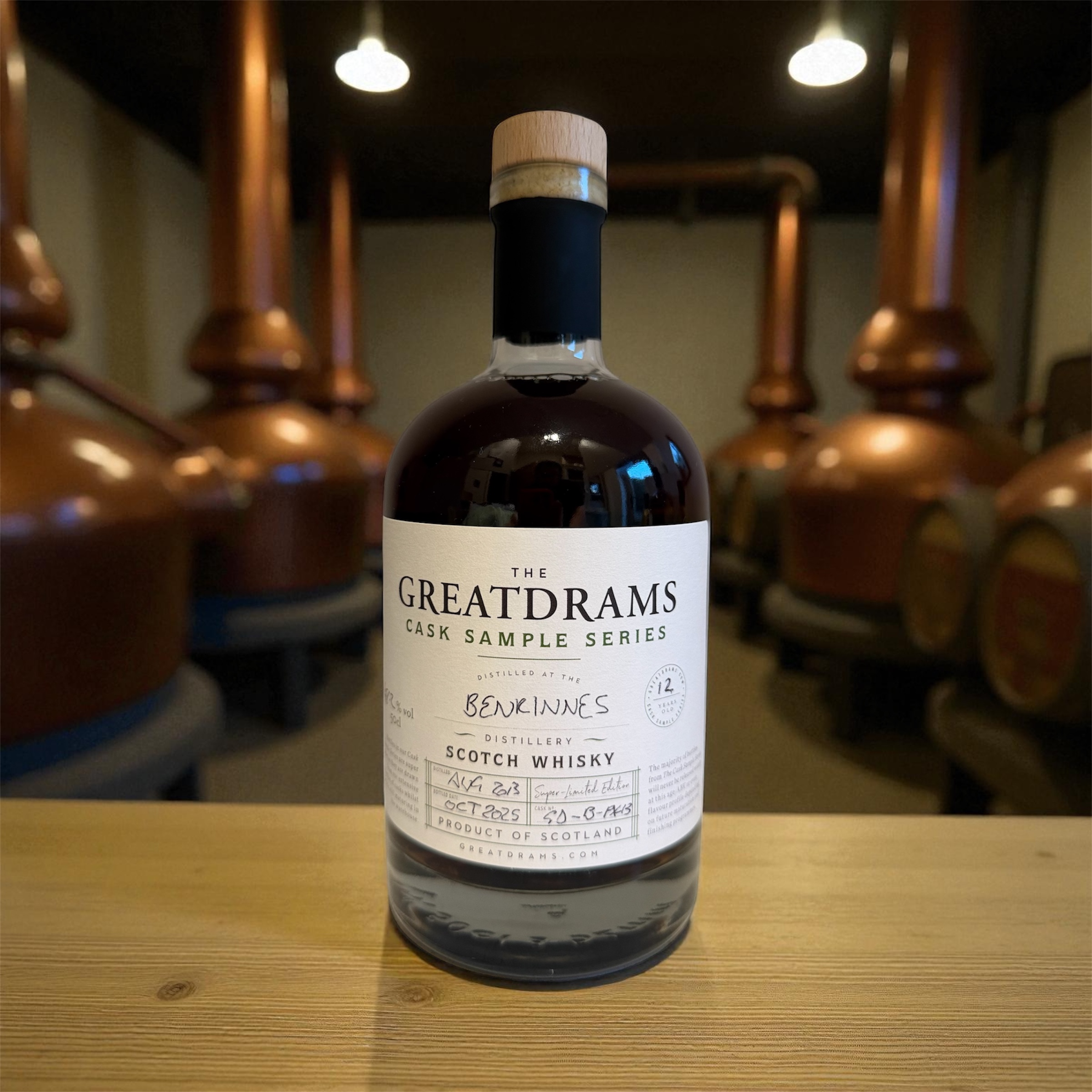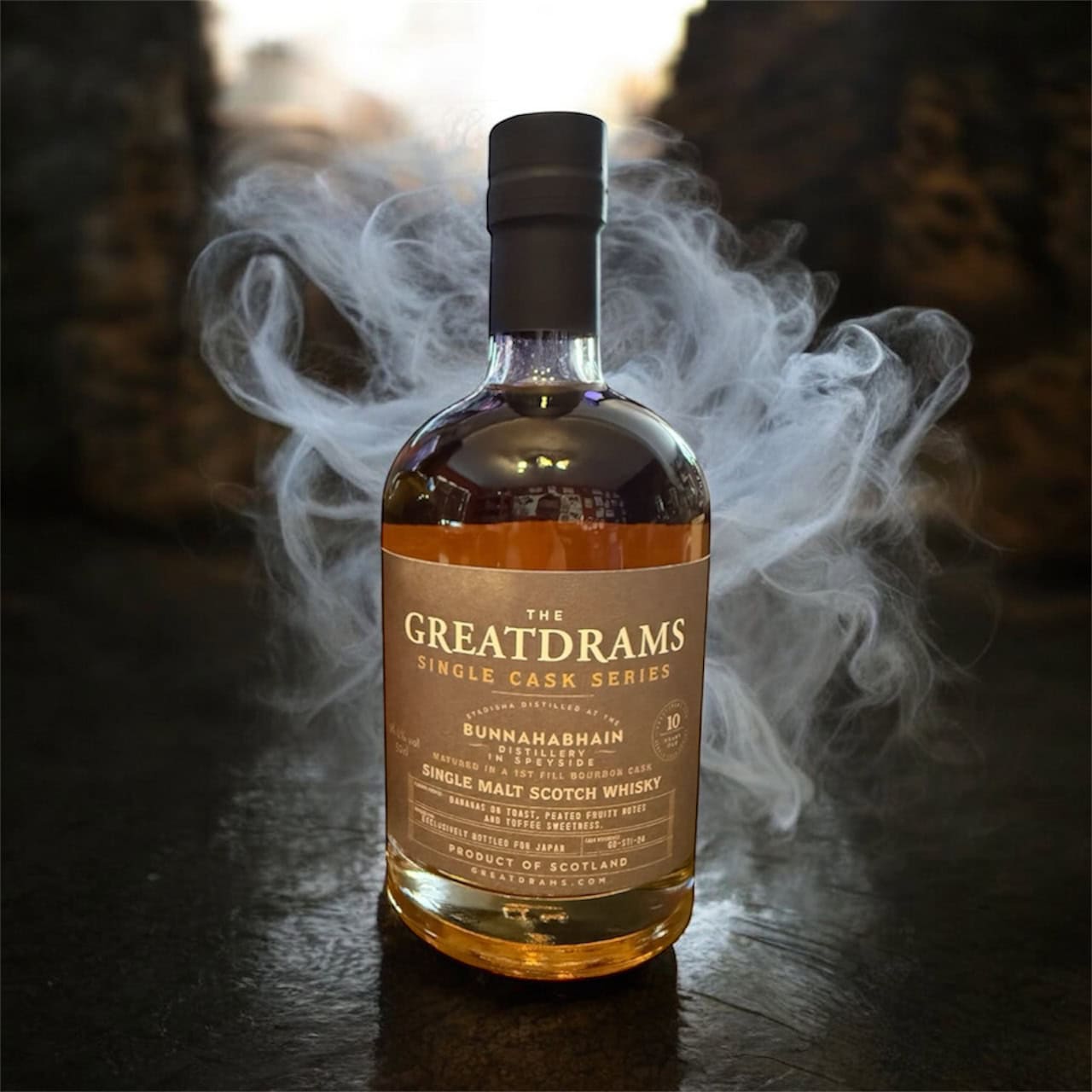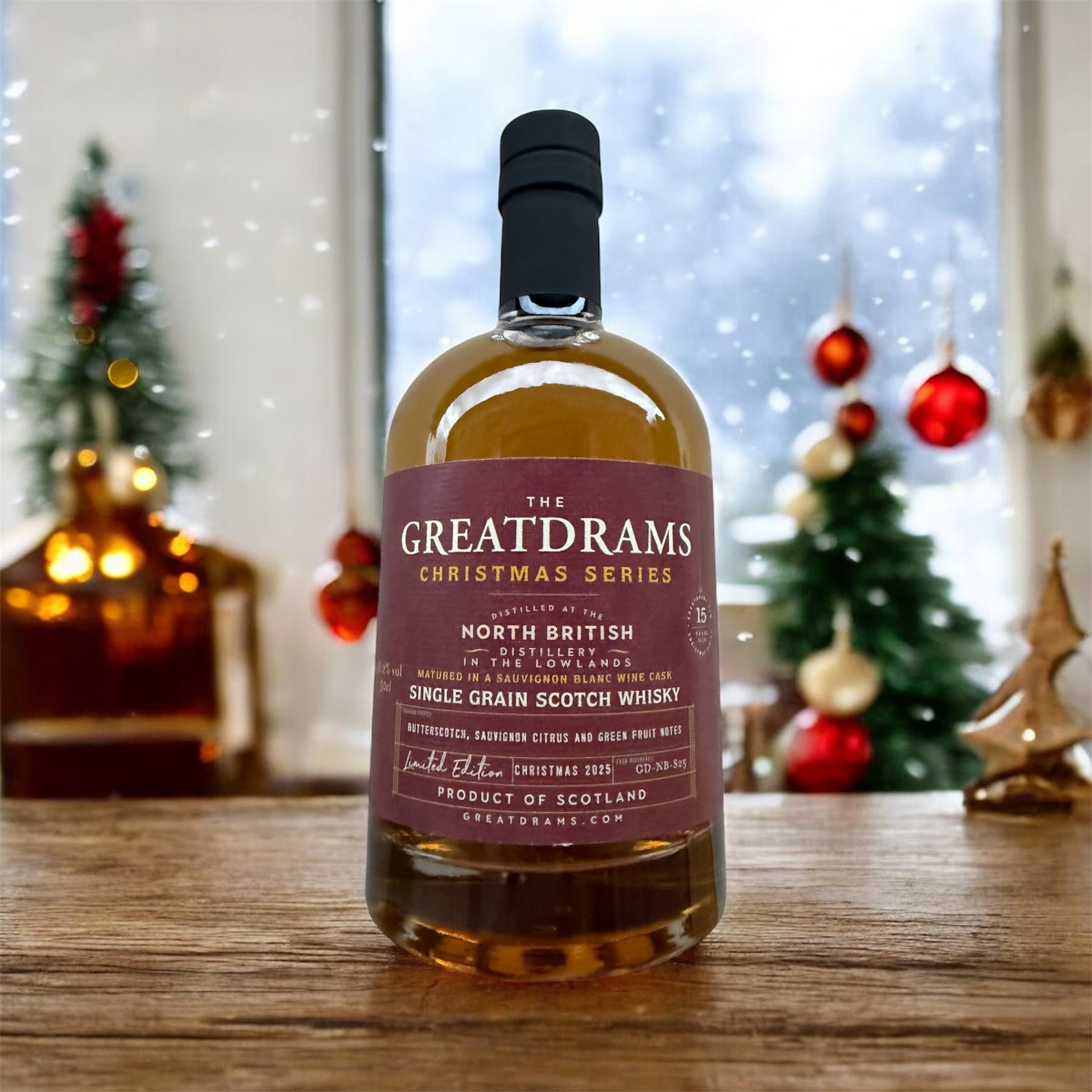GreatDrams Interview: Calum Fraser, Master Blender for The Famous Grouse
What happens when two whisky geeks chat and go to the nth degree about the development of flavour in whisky? Well... read on GreatDrammers, read on...
Having met in a warehouse at The Glenlivet disitllery a number of years ago as part of a press trip where we were launching the Ballantine’s 15 Year Old Single Malt Series, Calum an I have been great friends ever since… tho I distinctly remember him coming up to me with a pre-prepared list of conversation points the PR bods had fed him around football, Liverpool, GreatDrams, whisky and various other things…
It was a great night too, fond, fond memories of a time that launched a great friendship that has seen him spend time at our house, accompanied me to Anfield to see Liverpool thrash his beloved Newcastle (those were the days) and constant whisky chat over WhatsApp.
Nowadays Calum is the Master Blender for The Famous Grouse and absolutely rocking the world of whisky creation too.
So when I was writing a feature recently for Whisky Magazine about how flavour develops in whisky over time, well, Calum knews I’d love the full, geeked out answer, so here it is…
How are the flavours developed in New Make; where do they come from?
As with all part of the whisky creation process, the flavours created in the new make distillate arise from several factors.
It is critical is to ensure that the variation of all these factors is minimised to ensure a consistent flavour profile/style in the new make distillate batch-to-batch.In simple terms the process for creating new make distillate involves starch to sugar to alcohol, with flavours being created during these transformations as co-products.
The breakdown of starch to sugar is started by enzymes inherent in the barley which are activated during the malting process, with the sugar to alcohol transformation as the result of yeast addition in the washback – the fermentation phase. These flavours created during these stages are further evolved and/or intensified during the distillation phase as the alcohol strength rises.
Some examples of factors which will influence the flavours created are raw material selection (e.g. water hardness, barley type), wash preparation (e.g. mash temperature), yeast (e.g. physiological state), fermentation conditions (e.g. pH), the still design influencing reflux and the vapour copper contact time (e.g. still shape, condenser design) and the spirit still distillation profile (i.e. timing at what point to switch from foreshots to the centre cut – which is subsequently filled into cask – to feints).
How do those flavours develop over time? What are the biggest factors in how they develop?
Various factors will influence how the flavours present in the new make distillate will evolve over time.
The evolution of characters is related to the chemical reactions the compounds undergo during maturation so controlling the variables which take part in these reactions is critical.
The main two variables which develop the flavours and characters in new make spirit are the oak cask which matures the spirit, and the surroundings (warehouse) where the cask matures.The cask in which the spirit resides and matures is in essence a large reaction vessel, breathing in and out slowly over time. This causes currents within the cask which make the spirit flow into the inner area of the oak staves and out again, causing interaction between the numerous new make distillate flavours (created at the distillery before the spirit is filled into a cask) and the char and/or toasted layer on the inside of the cask. In three general ways the spirit matures:
- Additive – the pick-up of flavour compounds from the charred/toasted layer of the wood – e.g. vanillin (formed from the degradation of the wood lignin during heat treatment) which gives vanilla character to a maturing whisky, whisky lactone (prevalent in American oak species) which gives the coconut character to a maturing whisky
- Subtractive – the removal of certain flavour compounds through interaction with the heat treated staves of the casks – e.g. adsorption of sulphur compounds onto the charred layer of the oak
- Interactive – combination of flavour compounds originating in the new make with either the cask extractives (e.g. formation of some the esters found in mature whisky, which deliver fruity notes) or interaction with the local environment (e.g. oxidation of some flavour compounds to create new compounds with their own aromas)
All these interactions and reactions further enhance the complexity of the spirit as it matures to become whisky.Probably the biggest factor will be related to the oak cask itself, and ensuring it is of the highest quality on a consistent basis. Key considerations should be ensuring consistency in:
- Provenance of the oak itself – e.g. Spanish oak, American oak, French oak. Even within some countries different species of oak exist (French oak for example could be Quercus Patrea or Quercus Robur), which again will deliver different flavours and characters during whisky maturation
- Heat treatment of the staves (charred or toasted) is consistent
The surroundings (i.e. the warehouse) of where the casks resides is also a factor, as temperature and humidity will play a huge role.
How does a distillery ’signature flavour’ / ‘flavour DNA’ get developed, and retained over the years?
The key to arriving at a signature flavour, or DNA, is through understanding and assessing each part of the process. This encompasses from grain to the new make spirit coming off the spirit still. To reach that signature style there will be a lot of trial and error until the Master Distiller or Master Blender is happy that the flavour profile is exactly what is needed.
The reason to understanding what each part of the process does will allow for this signature style to be created on a consistent basis – this is really important.For myself as a Master Blender, my job is essentially to nose the new make spirit for every batch to check it is the same as the last one.
We heavily rely on the skill and expertise of our malt and grain distilling colleagues to ensure they are in control of all the variable processes that are present at each distillery.
In this regard, the blending and distilling team relationship is critical to ensure the success of any whisky, particularly in the case of a brand such as The Famous Grouse where we rely on unique character and quality of numerous malt and grain whiskies to obtain the blend’s renowned flavour style.
What one thing that you do as Master Blender ensures the flavour development is on track and perfect for each product?
We leave no stone unturned as part of our on-going quality review! In relation to the new make spirit character the team and I review and score every single charge of new make spirit which is distilled for future Famous Grouse expressions. This is for numerous malt and grain distilleries we require for the blends’ recipe.
In essence every drop of spirit has to be approved ahead of being filled into oak cask as being good enough to be used in The Famous Grouse. And we set the bar very high! In a similar vein with regards to our oak casks we will assess each individual cask by nose prior to filling with new make spirit, and also sample whisky from every individual cask prior to disgorging the mature whisky ahead of created The Famous Grouse blend, regardless of what expression it is.
That is in excess of 80,000 assessments alone per year!
We take great pride in the oak casks we procure every year, forming close bonds with our cooperage suppliers in America (for barrels) and Spain (for our sherry seasoned hogsheads and butts). With regards to our Spanish operations, we have colleagues permanently stationed in Spain to ensure that the right species of oak is being used, the right toasting heat treatment regime to the staves is being carried out, and our specified sherry style is being used to season the casks. It is very meticulous.
Although I as Master Blender for The Famous Grouse am ultimately responsible for ensuring the final flavour profile of the Famous Grouse family is consistent bottle by bottle, it is very much a team effort across various part of the whisky process – malt distilling, grain distilling, cask supply to name but a few. Collaboration is key, which is easy when working together with such a passionate group of people



